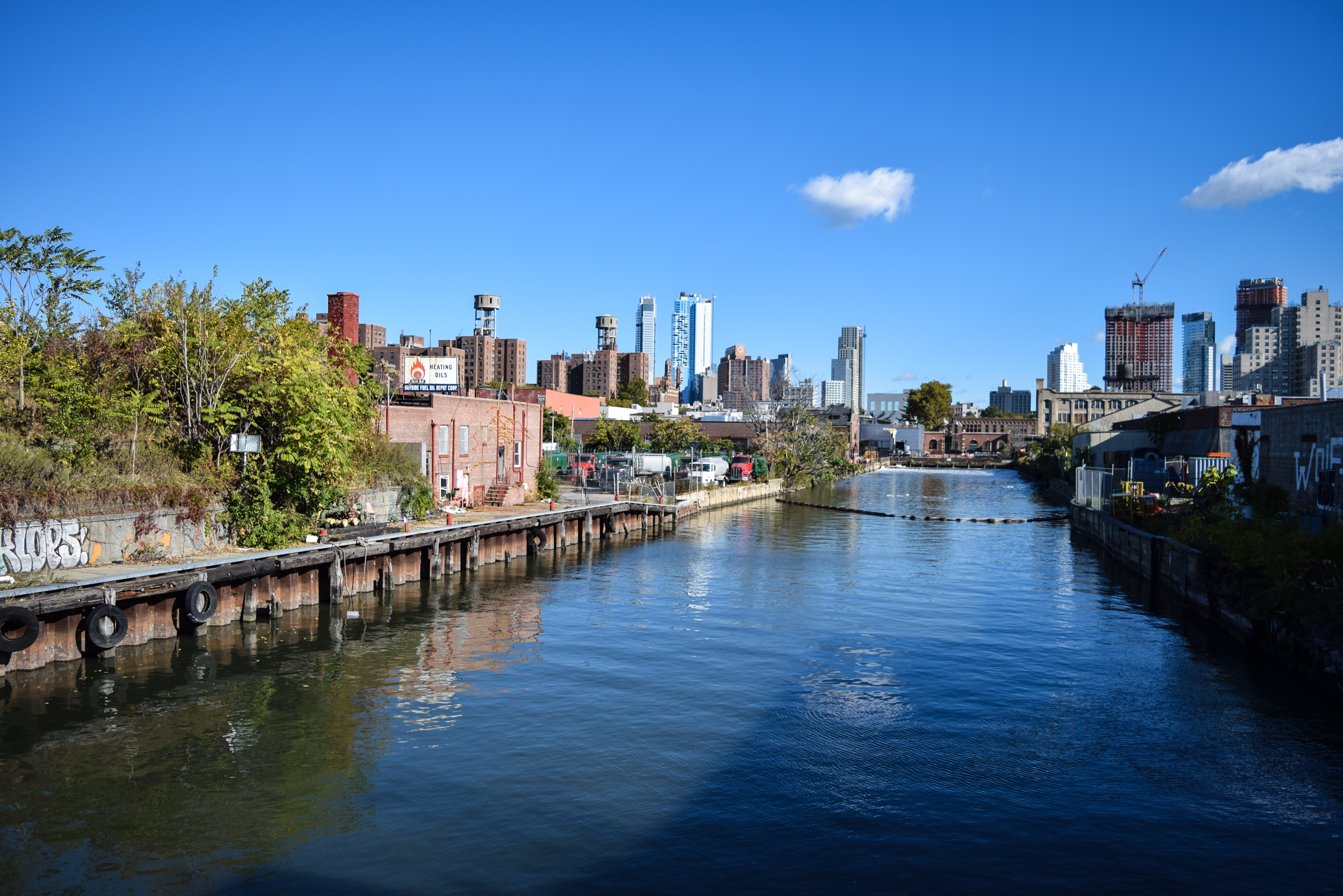Millions to billions: A price breakdown of the Gowanus Canal’s costly sewage tanks

The price of two sewage retention tanks built for the Gowanus Canal has ballooned from a projected $78 million to $1.2 billion — more than 15 times the initial figure and more than double the estimated cost of the Superfund cleanup in its entirety.
The federal Environmental Protection Agency claims this steep price tag is a result of the city’s design of the tanks — which differs from the one recommended by EPA — and its choice to build the tanks on private land acquired through eminent domain.
“[The cleanup] includes controls to reduce [combined sewer overflow] discharges and other land-based sources of pollution from compromising the cleanup,” EPA Public Information Officer Elias Rodriguez told the Brooklyn Eagle. “The total cost of the cleanup was estimated in 2013 at $506 million.
